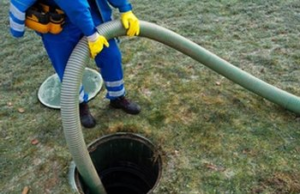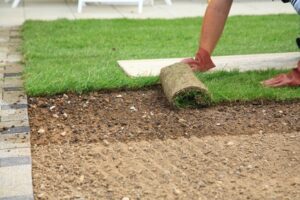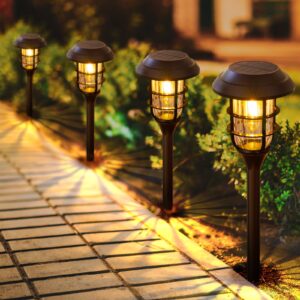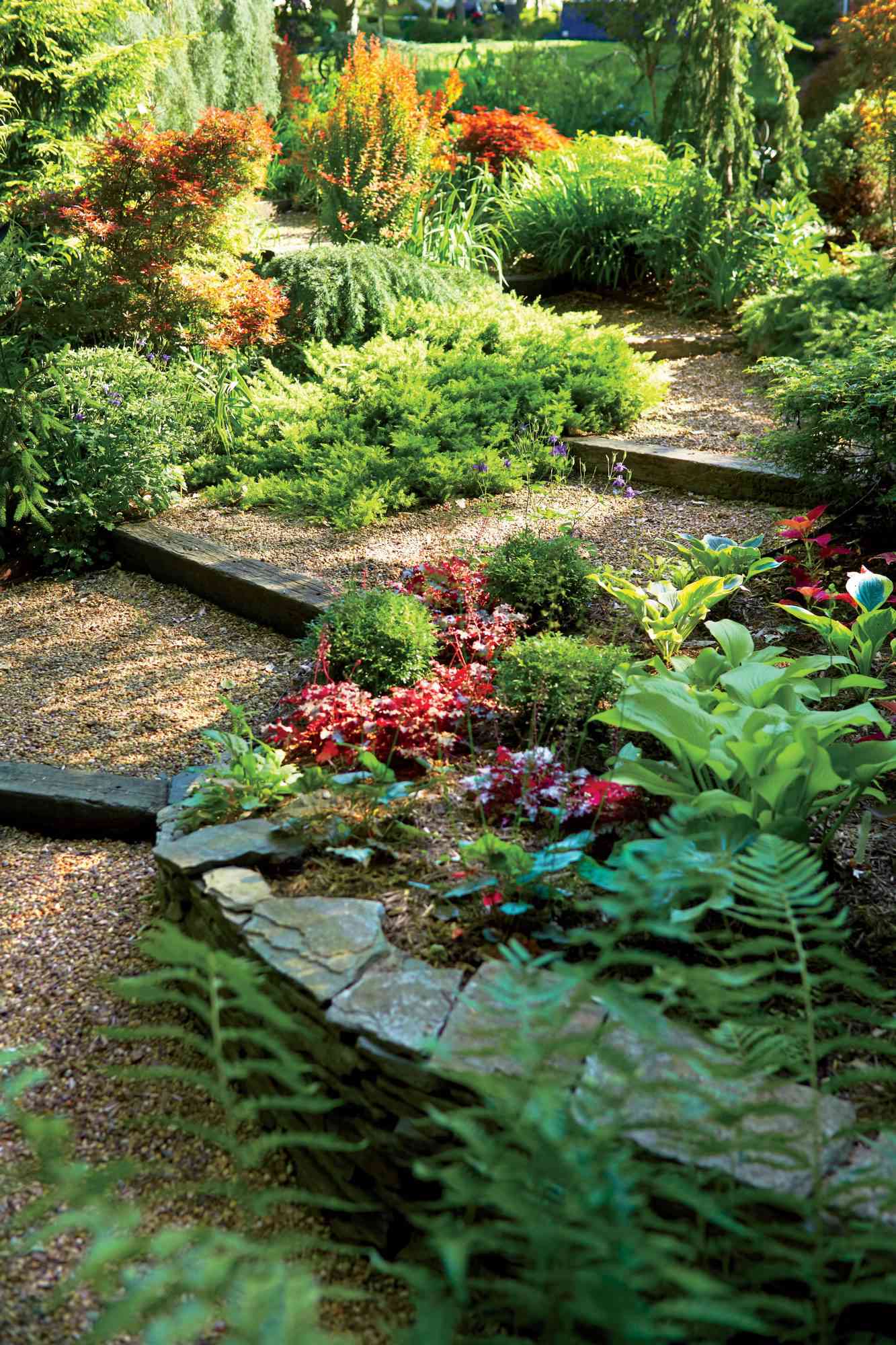Five Law Firms That Can Help You Find a Personal Injury Lawyer
Personal Injury Lawyer Lowell MA can help you file a lawsuit against the at-fault party. They can also help you determine the full value of your damages, including expenses, future losses, and pain and suffering. Personal injury lawyers typically work on a contingency fee basis.
Proving negligence is a key component of a personal injury case. Your lawyer will carefully examine police reports, interview witnesses, and review medical records to establish liability for your losses.

A premier catastrophic and personal injury law firm, Merson Law PLLC is based and has litigated some of the largest cases in the state. The firm specializes in medical malpractice, personal injury, and sexual assault cases and has won many million-dollar verdicts.
Jordan Merson, founder of the firm, is a highly respected attorney who has handled some of the most important cases in New York. In addition to his extensive experience in medical malpractice, he is also skilled in various other legal matters. He is a New York Trial Lawyers Association member and has been named to the Super Lawyer list for three consecutive years.
Merson has won numerous million-dollar verdicts, including the largest child sex abuse verdict in New York history. In 2018, he secured a $28 million jury verdict in a Westchester County case that was the largest single-plaintiff medical malpractice verdict in that county to date. He has also won several multimillion-dollar settlements in malpractice and other personal injury claims.
Kelly Yanes joined the Merson Law team in 2018 and works as a paralegal on medical malpractice and personal injury cases. She is responsible for coordinating and overseeing client-firm communication, as well as assisting the attorneys with their cases. Outside of work, she enjoys traveling and reading. She is currently working towards her bachelors degree in secondary education.
Hill & Moin LLP
Hill and Moin is a law firm that specializes in personal injury lawsuits. Their team is comprised of experienced attorneys who are dedicated to fighting for the rights of victims. They provide legal assistance in cases related to car accidents, workplace injuries, medical malpractice, and other types of accidents. They also offer free consultations in multiple languages.
They have won millions of dollars for clients and are a leader in the New York City legal community. The firm has been recognized by several organizations for their achievements and is highly rated by the Martindale-Hubbell rating system. Their New York personal injury lawyers are dedicated to providing a high level of service to their clients, and they treat each case with care and diligence.
Accidents can be devastating and leave people with permanent disabilities, but they shouldn’t have to endure the consequences alone. Injuries from construction sites, scaffolding, and heavy machinery are common, and the injuries can cause serious financial damages. In addition, dangerous drugs can result in extreme harm and life-altering injuries. The company responsible should be held accountable and the injured victim should receive fair compensation.
New York’s premier personal injury law firm, Hill & Moin LLP, represents clients who have suffered severe injuries due to the negligence of others. They have recovered more than $200 million for clients in over 40 years and offer a free consultation in multiple languages.
Rothenberg Law Firm LLP
For individuals who sustain an injury due to another person’s negligence, filing a personal injury lawsuit may be necessary. A successful claim can result in significant compensation, which can ease the financial burdens associated with medical treatment, lost wages, and ongoing care. A skilled New York City personal injury lawyer can guide victims through the process, advocating for their rights and ensuring they receive adequate compensation.
A lawyer can also help injured parties understand the statute of limitations for their specific case. In general, most personal injury cases must be filed within three years from the date of the injury. However, certain types of claims have special notice requirements and shorter time limits.
During the course of a personal injury case, an attorney will perform a thorough investigation, gathering evidence such as photos, accident reports, witness statements, and medical records. In addition, a lawyer can work with a team of experts to calculate a victim’s total damages, including past and projected future costs.
In addition, an experienced personal injury attorney can communicate with insurance companies on behalf of clients. This can save victims valuable time and ensure that all necessary paperwork is filed accurately and on time. A lawyer can also provide guidance on the best course of action, such as accepting an initial settlement offer or taking the case to trial. The Rothenberg Law Firm is a leading personal injury firm with offices in New York, New Jersey, and Pennsylvania, as well as affiliates and local co-counsel nationwide.
Subin Associates LLP
Located in the bustling city of New York, Subin Associates is dedicated to helping clients navigate the complexities of personal injury cases. The firm understands that injury victims face many challenges after a serious accident, including medical care, lost wages, and emotional trauma. They strive to provide the best possible representation and secure maximum compensation for their clients. The firm also offers a stimulating work environment and comprehensive benefits package.
The firm’s lawyers are experienced and dedicated professionals who are passionate about fighting for the rights of injured individuals. They specialize in a variety of areas, including motor vehicle accidents, construction accidents, and medical malpractice. They have recovered millions of dollars in settlements and verdicts for their clients over the years. In addition to providing high-quality legal services, the attorneys at Subin Associates offer free consultations and free case evaluations.
The firm recently faced scrutiny after Eyewitness News reported that a Queens man named Carlos Ramirez-Naranjo was a victim of identity theft by Subin Associates. The attorney allegedly used Naranjo’s name and identity to file a fraudulent workers’ compensation claim against his employer. The lawyer has since requested to withdraw the case. Eyewitness News spoke with Malino, who said that he is shocked by the decision to withdraw from the lawsuits. He believes that if the allegations are true, it would be wrong for judges to allow the law firm to walk away from the case.
Law Office Of Vincent Charles Loiodice
Located in Staten Island, the Law Office Of Vincent Charles Loiodice is an injury law firm that serves clients throughout the local metro area. Its attorneys handle personal injury cases that include truck accidents and work to help victims recover compensation for their losses. The firm also handles cases involving medical malpractice and construction accidents.
The firm has a team of over 85 years of collective experience and works on behalf of injured individuals in New York City. Its lawyers handle claims involving truck accidents and other cases, including medical malpractice, slip and fall incidents, dog bites, and construction injuries. The firm has a wide range of resources to assist its clients, and its attorneys will not rest until they have recovered fair compensation for their losses.
The law firm of Louis Grandelli, P.C., focuses on personal injury cases involving automobile accidents and motorcycle crashes. The firm has a team of experienced attorneys who conduct thorough investigations and guide their clients through the process of filing claims and litigation. Its attorneys also represent injured individuals in workers’ compensation and social security disability cases. They have handled over 7,000 personal injury cases since their founding in 1992. They have obtained numerous multimillion-dollar verdicts and settlements.
Belluck & Fox
The team at Belluck & Fox has more than 27 years of combined experience representing clients in personal injury cases. They handle car accidents, product liability, nursing home abuse, insurance denial, and more. The firm has a reputation for thorough preparation, winning settlements, and fighting for justice in court. Their lawyers have helped many families recover fair compensation for their losses.
The law firm of Belluck & Fox is dedicated to protecting the rights of asbestos victims and their families. They are experienced New York mesothelioma lawyers that help patients file lawsuits and win compensation from the companies responsible for their exposure. New York has one of the highest death rates from asbestos-related diseases in the country, and victims are entitled to financial compensation.
Joe Belluck, partner at the firm, has a well-earned national reputation for excellence and high ethical standards in representing asbestos victims. He has won significant judgments and settlements on behalf of asbestos victims. He has also been appointed to the New York State Commission on Judicial Conduct and has served as its chair. He is also a trustee of the State University of New York and has been appointed to the advisory committee for the SUNY Rockefeller Institute Center for Law and Policy Solutions.
Joe has also volunteered with Trial Lawyers Care for six months following the 9/11 terrorist attacks and is committed to public service. He is a 1989 graduate of the State University of New York at Binghamton and has a Juris Doctor magna cum laude from the SUNY Buffalo School of Law.







